
Our Blog
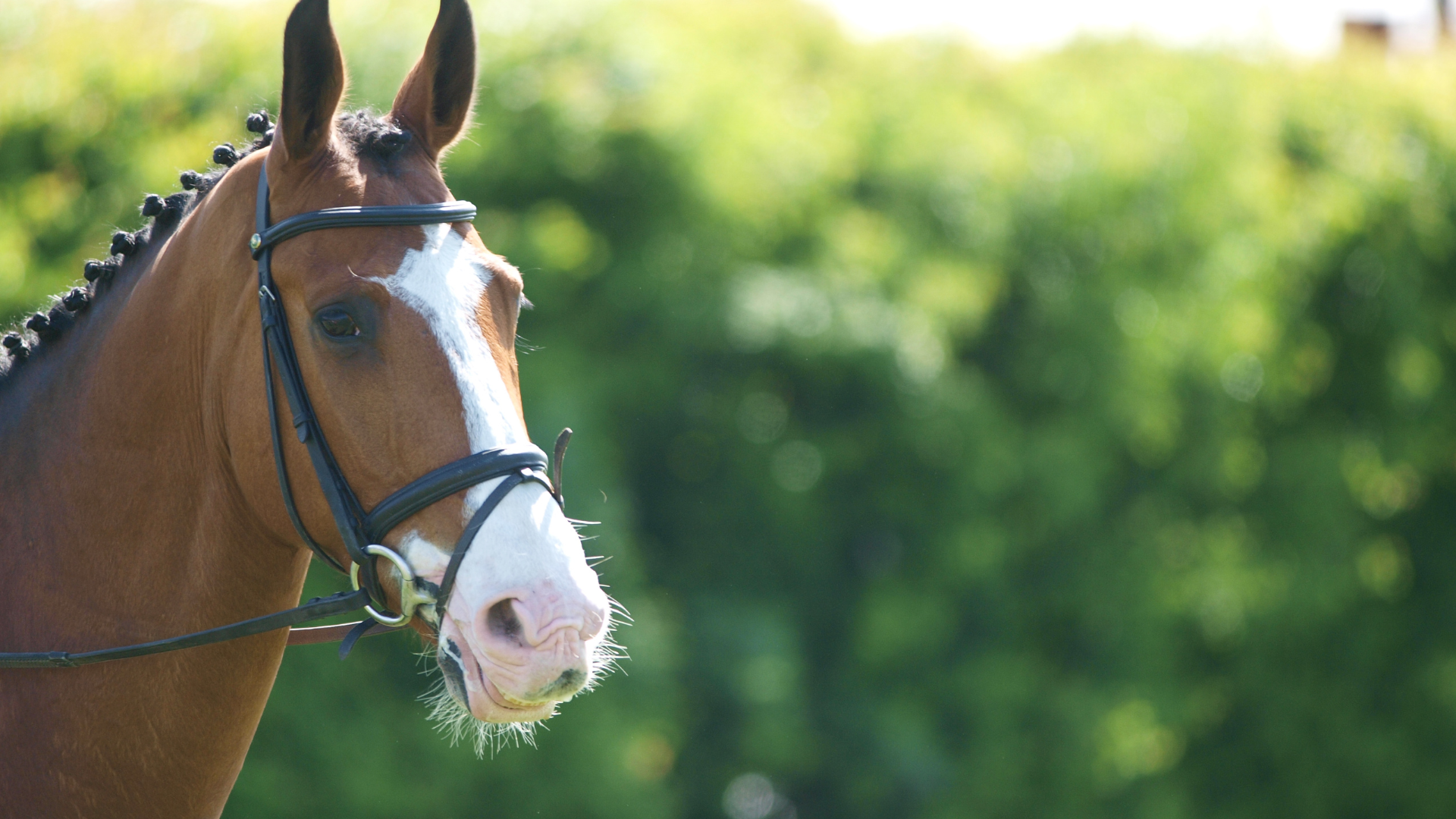
December 11, 2023
How To Get The Most Out Of Your Horse Forage During Winter
Every winter, horse owners face the challenge of ensuring their horses are kept well-nourished. One key element that determines a horse's health is the quality of forage it consumes. At M&T, we pride ourselves on being hay and haylage suppliers who provide the highest quality forage tailored to individual horses’ nutritional requirements.
In this article, we'll explore how you can get the most out of your M&T products to support your horse's health during the winter season.
Selecting The Right Hay for Your Horse
When it comes to hay and haylage, one size certainly does not fit all. It is recommended that you choose your forage based on your horse’s individual needs. The type of hay your horse needs will be dependent on a range of factors, including:
- Age
- Weight
- Activity level
- Nutritional requirements
If you are unsure which hay or haylage best suits your horse, our expert nutritionist can advise you.
Storing Your Hay Is Key
Once you have chosen the most suitable M&T product for your horse or pony, it is essential to ensure it is stored correctly.
Hay and haylage are best stored in a cool, dry place, somewhere that it will be protected from all the elements. With increased chances of snow, frost, and rain in winter, your chosen storage must be reliable to prevent your M&T products from getting spoiled.
While haylage must be kept dry, it must also be stored somewhere well-ventilated to prevent mould from growing. We would suggest keeping it above ground level to avoid damaging the packaging.
All of M&T’s bagged hay and haylage for horses can be stored outdoors; however, during the winter months, you may choose to take extra precautions to ensure that it is protected.
However you choose to store your hay and haylage, you should perform regular checks to ensure the product and packaging haven’t suffered any damage. When stored correctly, you can expect your M&T products to comfortably last as follows:
Hay – Up to 12 months if stored out of direct sunlight.
Haylage excluding Alfalfa – Once opened, use within 3-7 days. If unopened, its shelf life is up to 6-12 months.
Alfalfa Haylage – Once opened, use within 3-7 days. If unopened, its shelf life is up to 3 months.
Quantity Of Hay - As Well As Quality
While the quality of your horse’s haylage is paramount, during the winter months, the quantity of feeding is also more important than ever. As your horse burns more calories to keep warm, you may choose to add an additional feed to supplement this or find that they are consuming more hay/haylage than they would during summer.
Regularly monitoring your horse’s weight will allow you to determine whether an increase in hay or haylage is needed.
Keep Your Horse Hydrated
Even during the coldest months of the year, horses will still lose water through sweat. Therefore, it is vital that they have constant access to fresh, unfrozen water at all times. Doing this will mean your horse is better positioned to digest its quality hay and haylage, maximising its nutritional benefits.
Dental Checks In Horses
Cold weather can sometimes cause problems for horse’s teeth. While M&T haylage is made to promote dental health, it could also be worth scheduling a winter dental checkup for your horse. This will help identify any issues they may be having and ensure they can chew and digest their hay properly.
Try Slow-Feeding Your Horse
Introducing some slow-feeding techniques is one of the best ways to utilise your hay and haylage through winter. This could include using a hay net or hay racks. Doing this not only helps to reduce the risk of digestion issues but also prevents boredom, perfect for horses that find themselves in stables more often during the winter.
For any further concerns about feeding your horse during winter or choosing the right horse haylage, do not hesitate to contact our expert team.

April 4, 2024
Eat, Sleep, Compete, Repeat
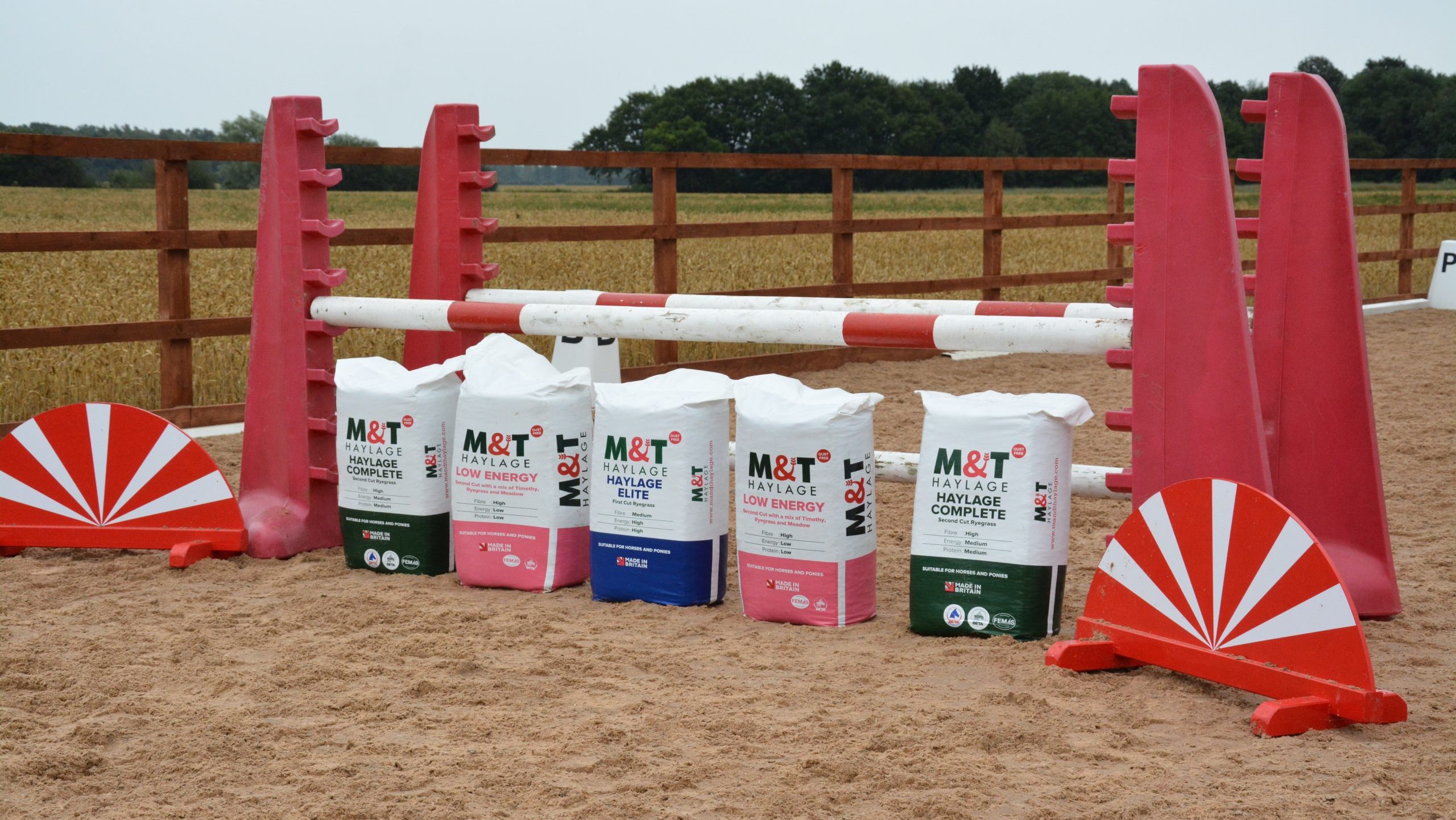
March 8, 2024
Top Tips For Managing Forage On The Go: Part Two

March 8, 2024
Consistency Is Key for Horses

February 19, 2024
Don’t Underestimate The Value of Preparation

February 6, 2024
Know Your Horse Inside Out

December 11, 2023
How To Get The Most Out Of Your Horse Forage During Winter

November 7, 2023
Which Hay Shall I Feed My Horse or Pony?
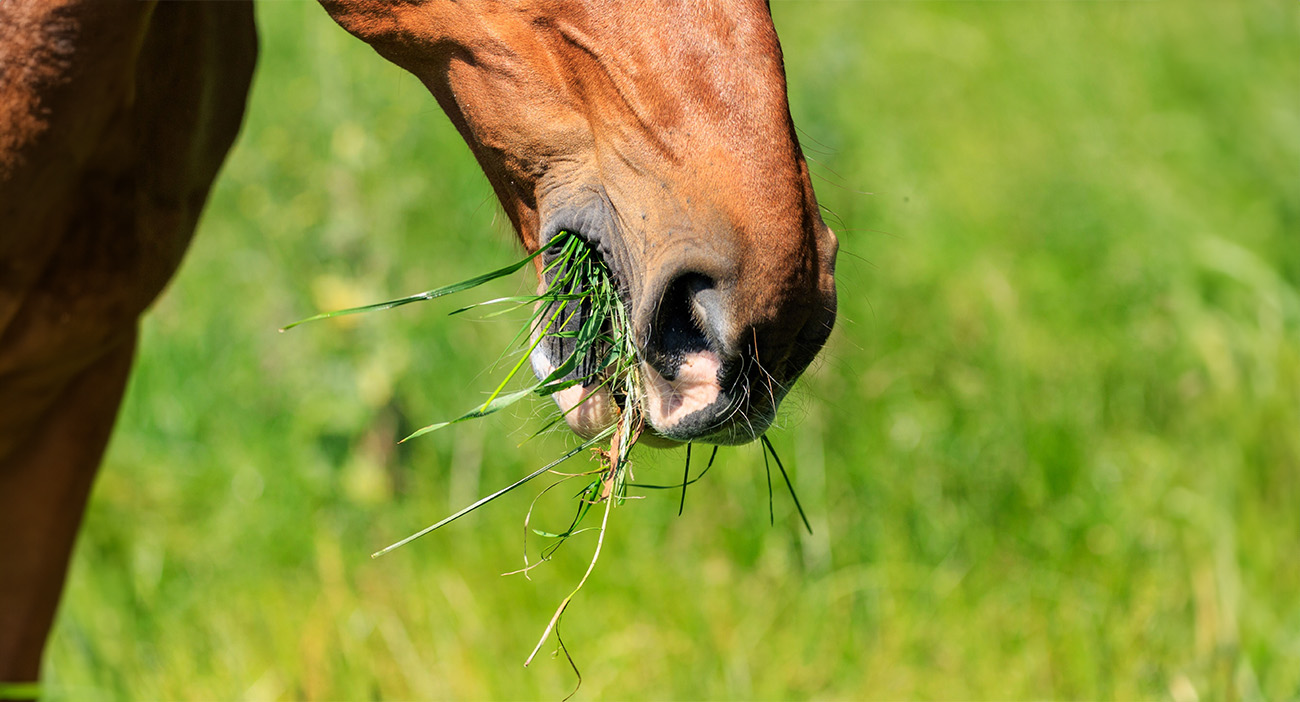
September 14, 2023
Hay Exportation – Why Choose British Hay?

April 24, 2023
Changing Your Horses Diet From Winter to Spring
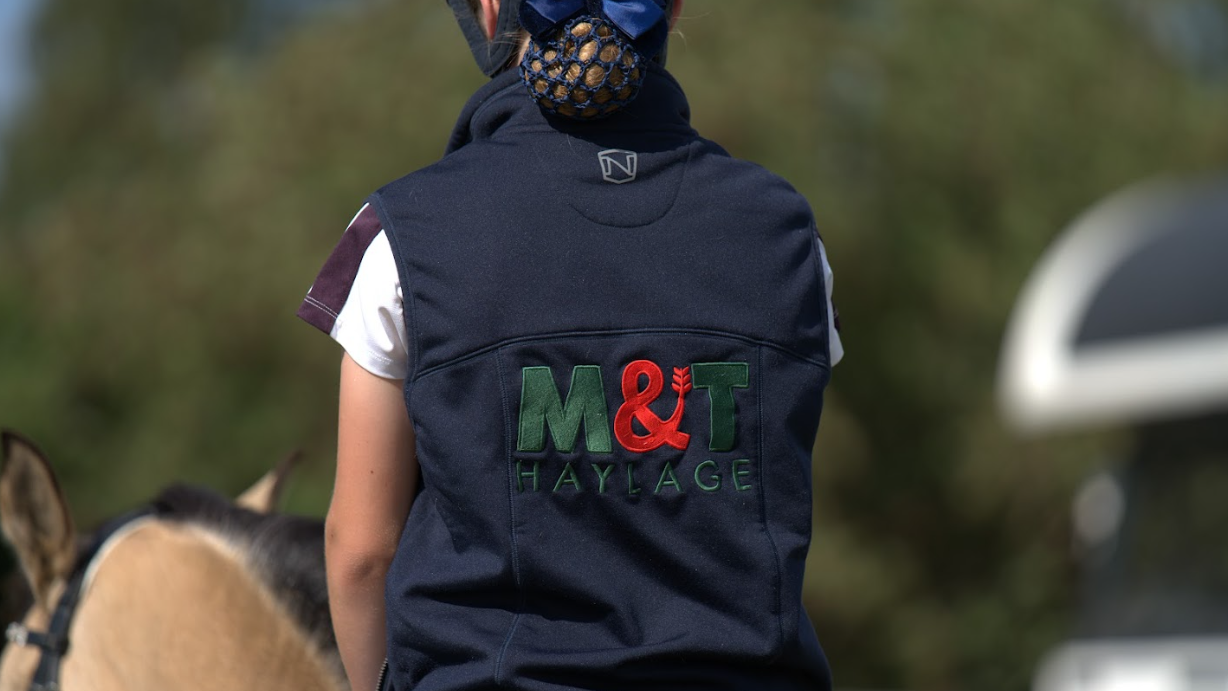
March 3, 2023
Hay vs Haylage: Which Is The Right Option For Your Horse?
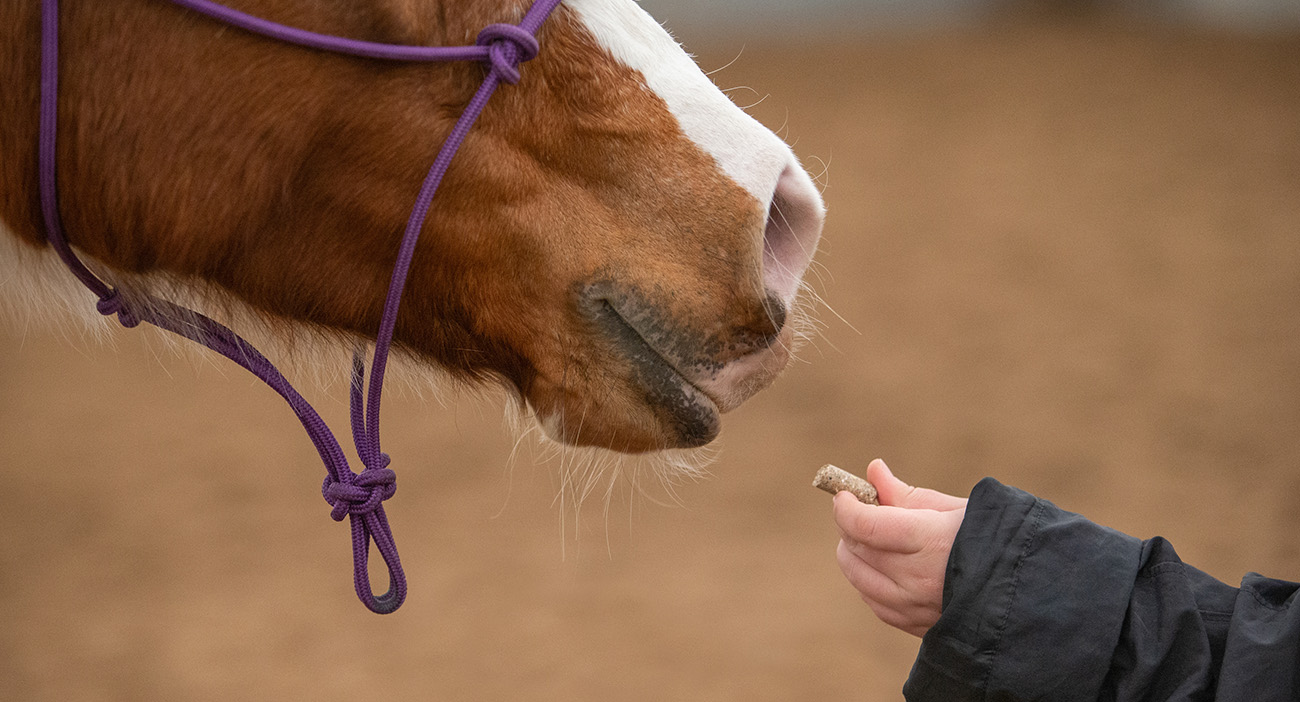
January 13, 2023
How To Bring A Horse Back Into Work After A Break

November 23, 2022
How To Body Condition Score Your Horse
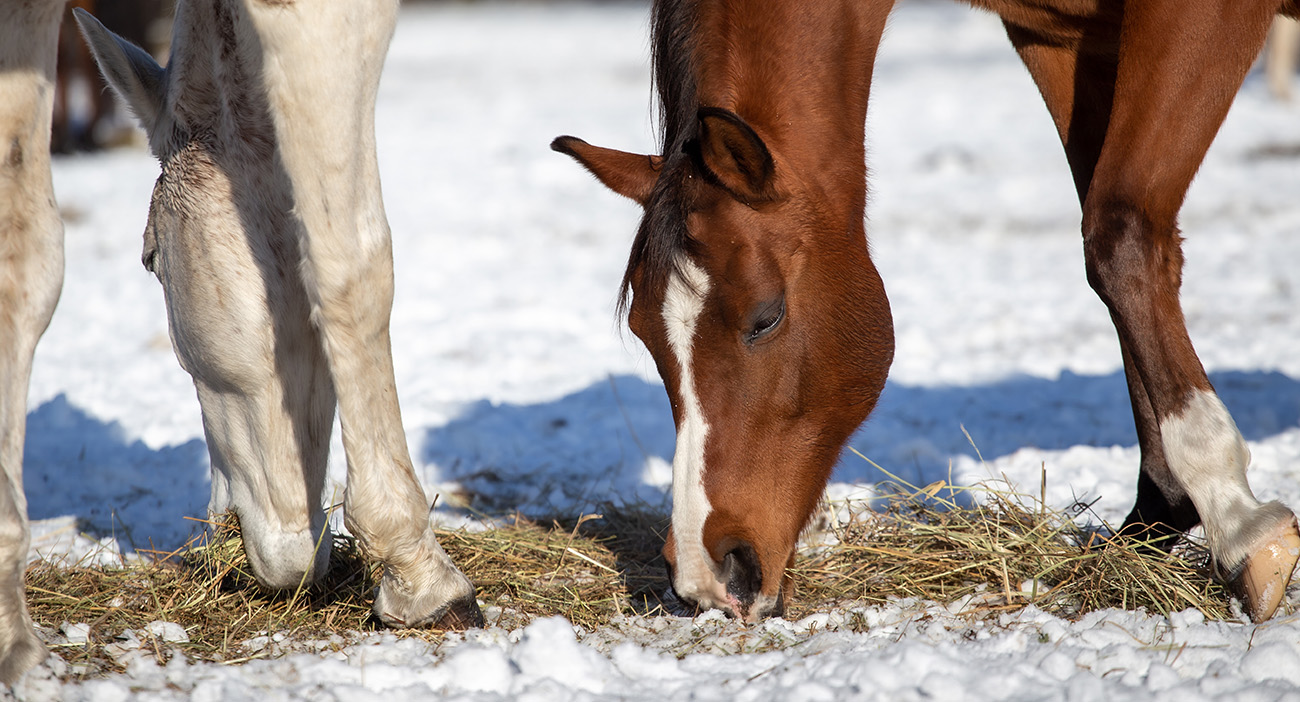
November 7, 2022
Winter Feeding Tips For Horse Owners

October 20, 2022
Money Saving Tips For Horse Owners
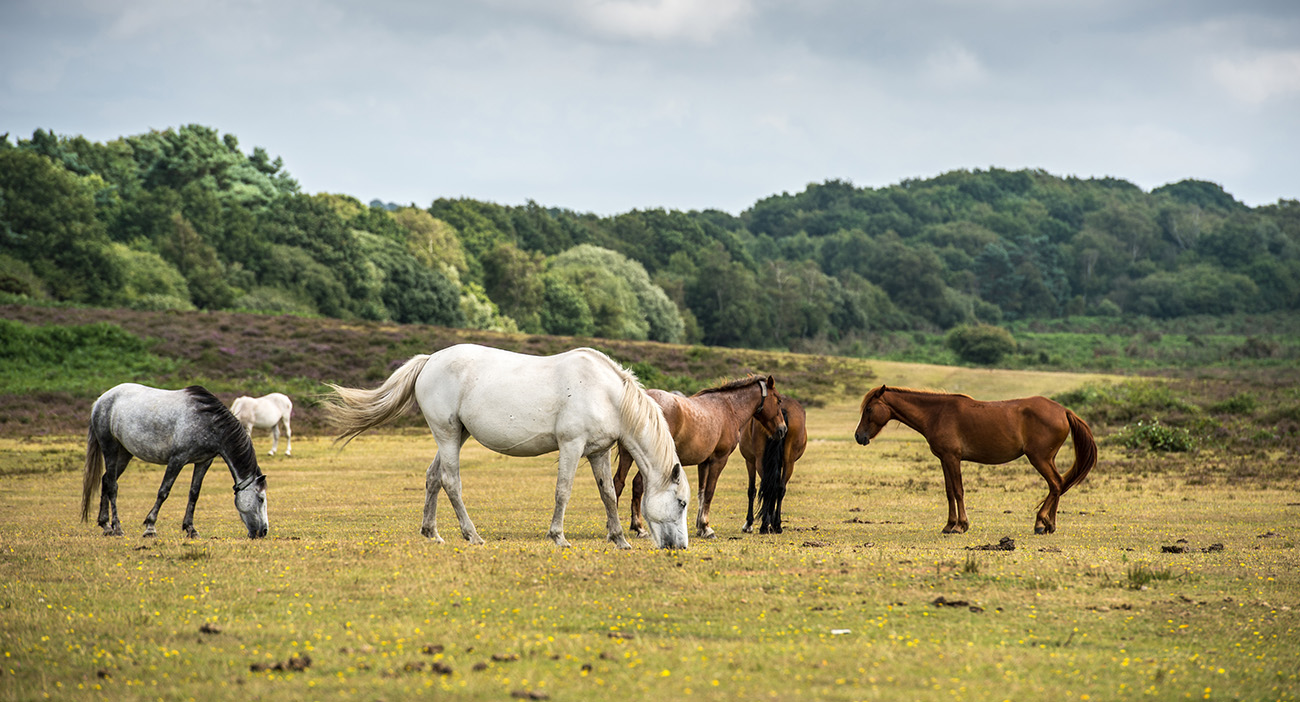
October 3, 2022
8 Ways To Keep Your Horse Entertained

September 30, 2022
Equestrian Question and Answer Session: Sophie Platt
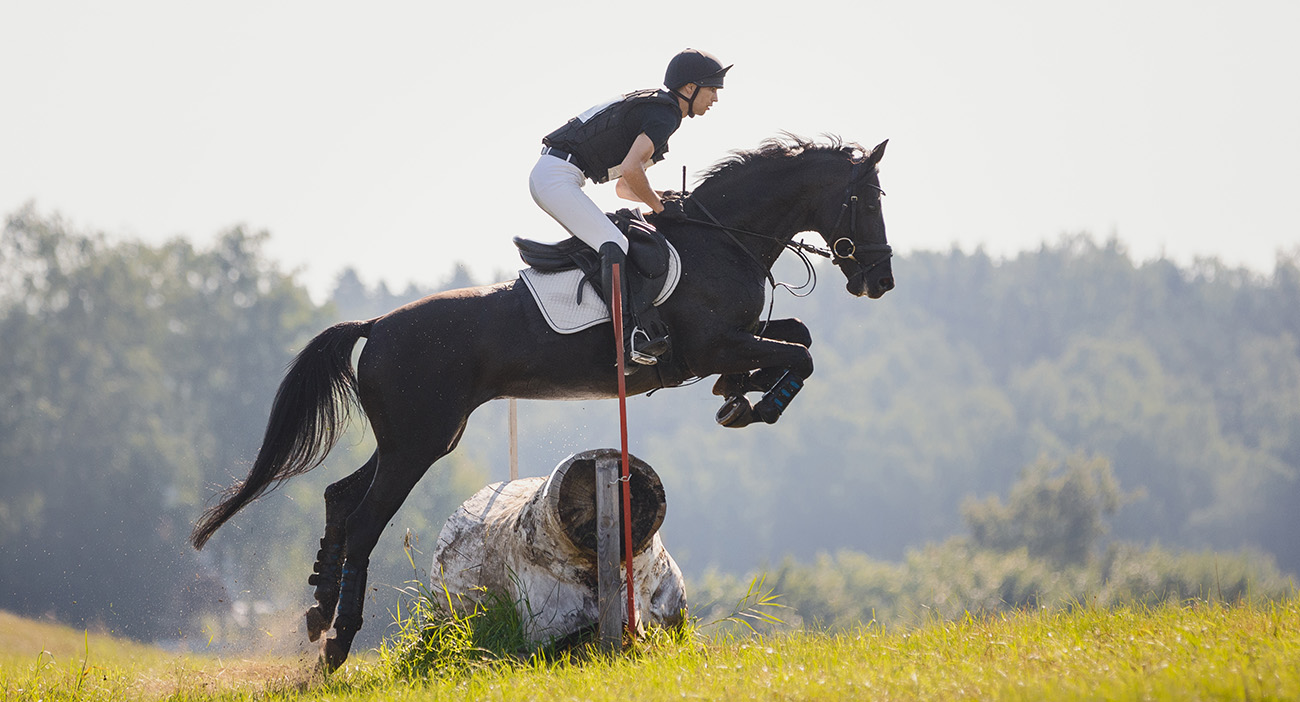
August 25, 2022
Preparing Your Horse For Competition

July 28, 2022
What Is Normal For My Horse?
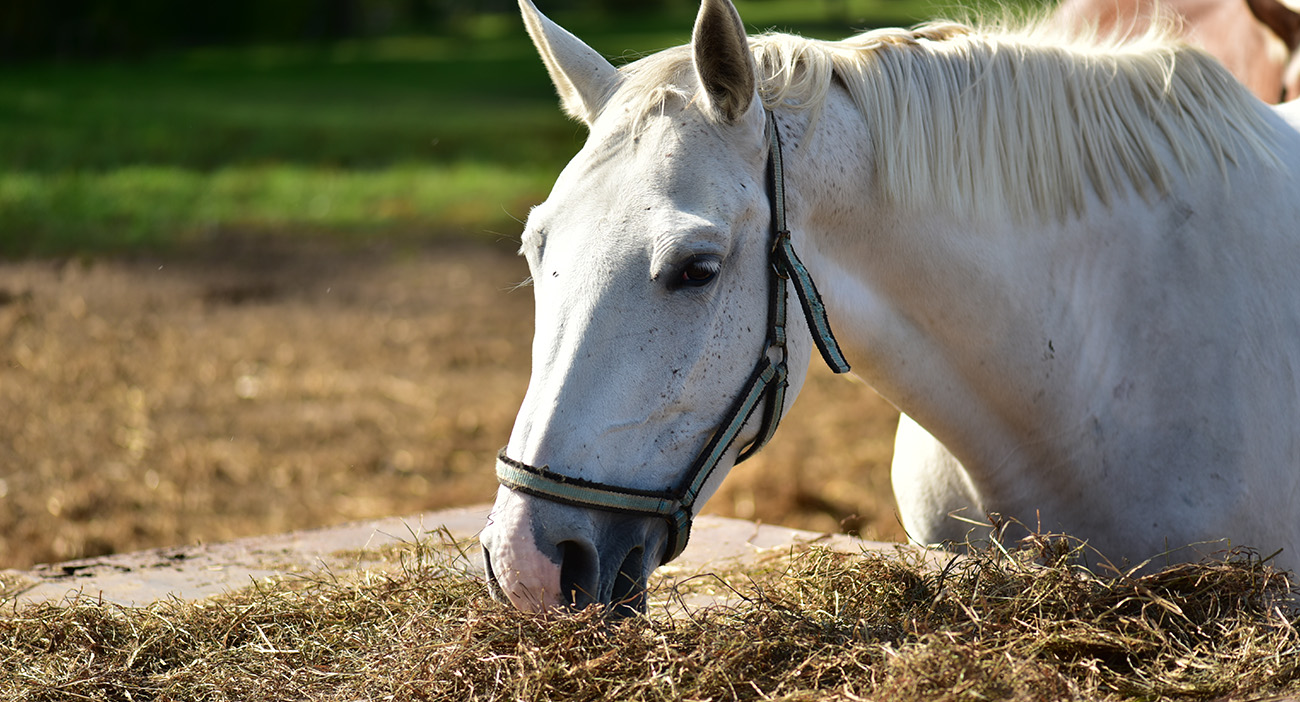
June 30, 2022
Compeition Horses: Managing Forage and Water Intake
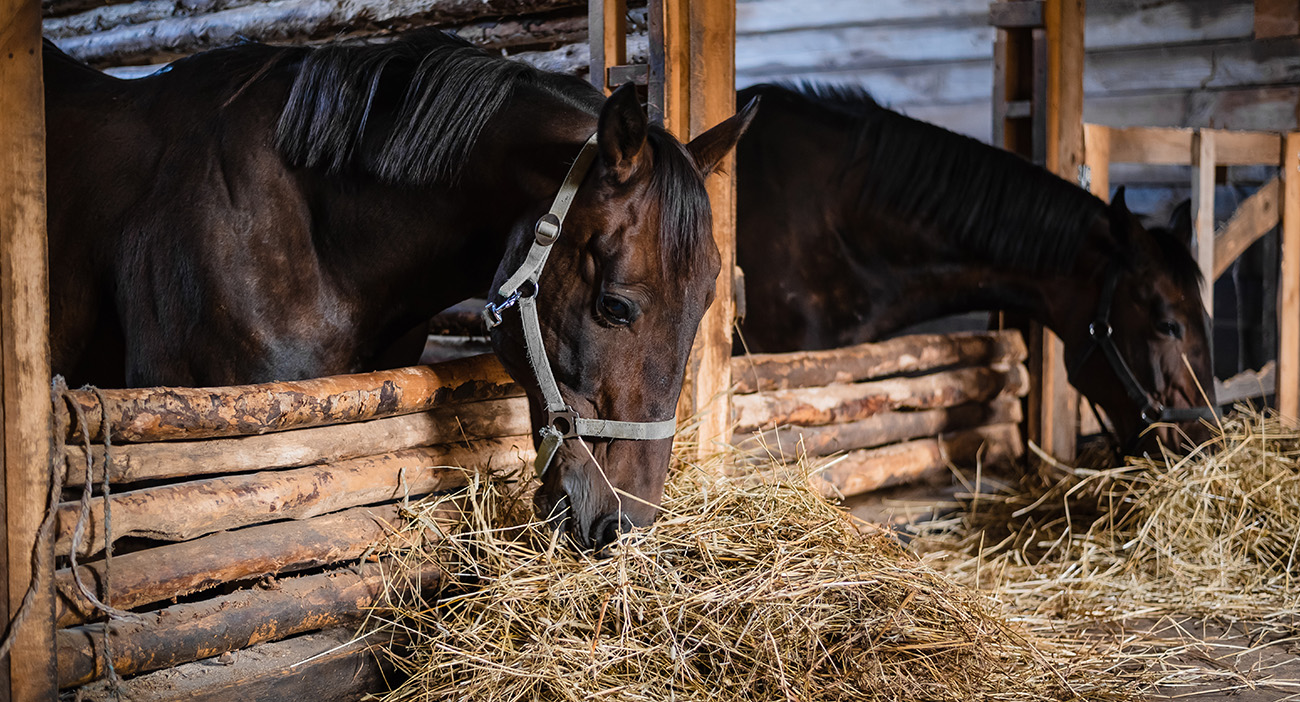
October 1, 2021
How To Feed EMS Horses: Nutritionist Top Tips For Horses

September 22, 2021
Feeding The Equine Athlete
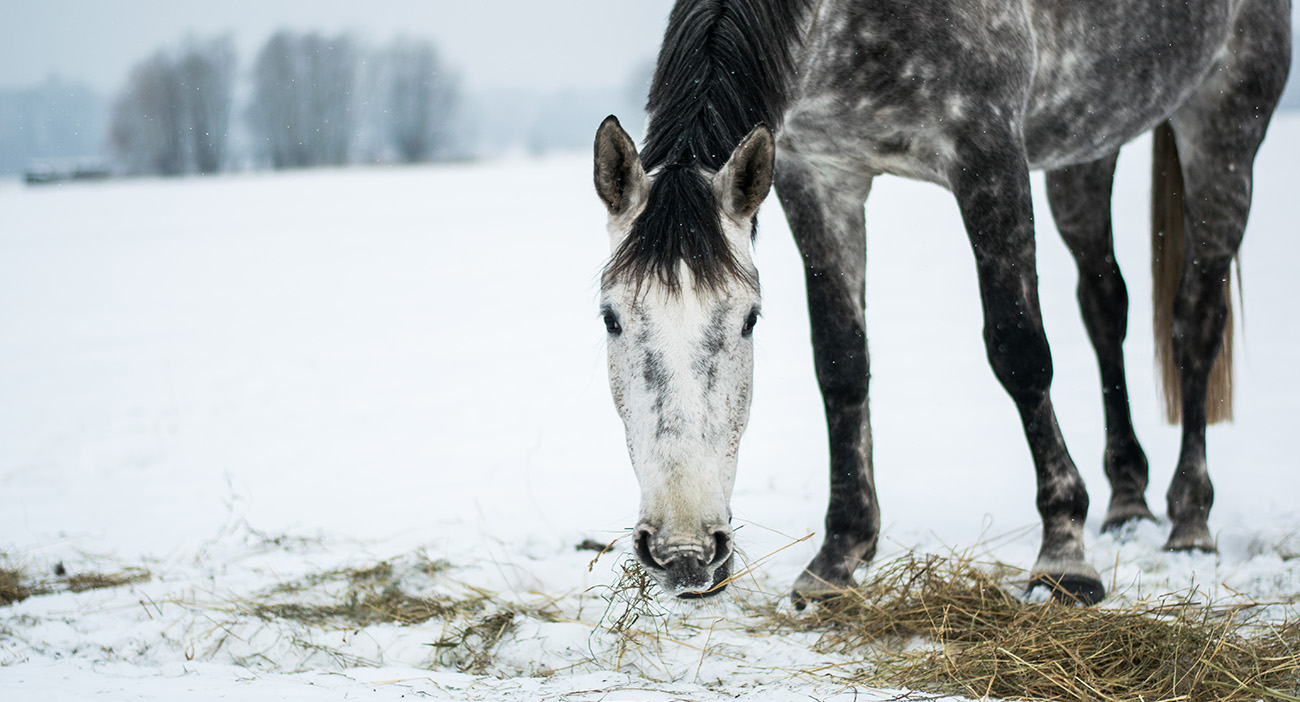
September 7, 2021
How To Feed Your Horse Indoors This Winter
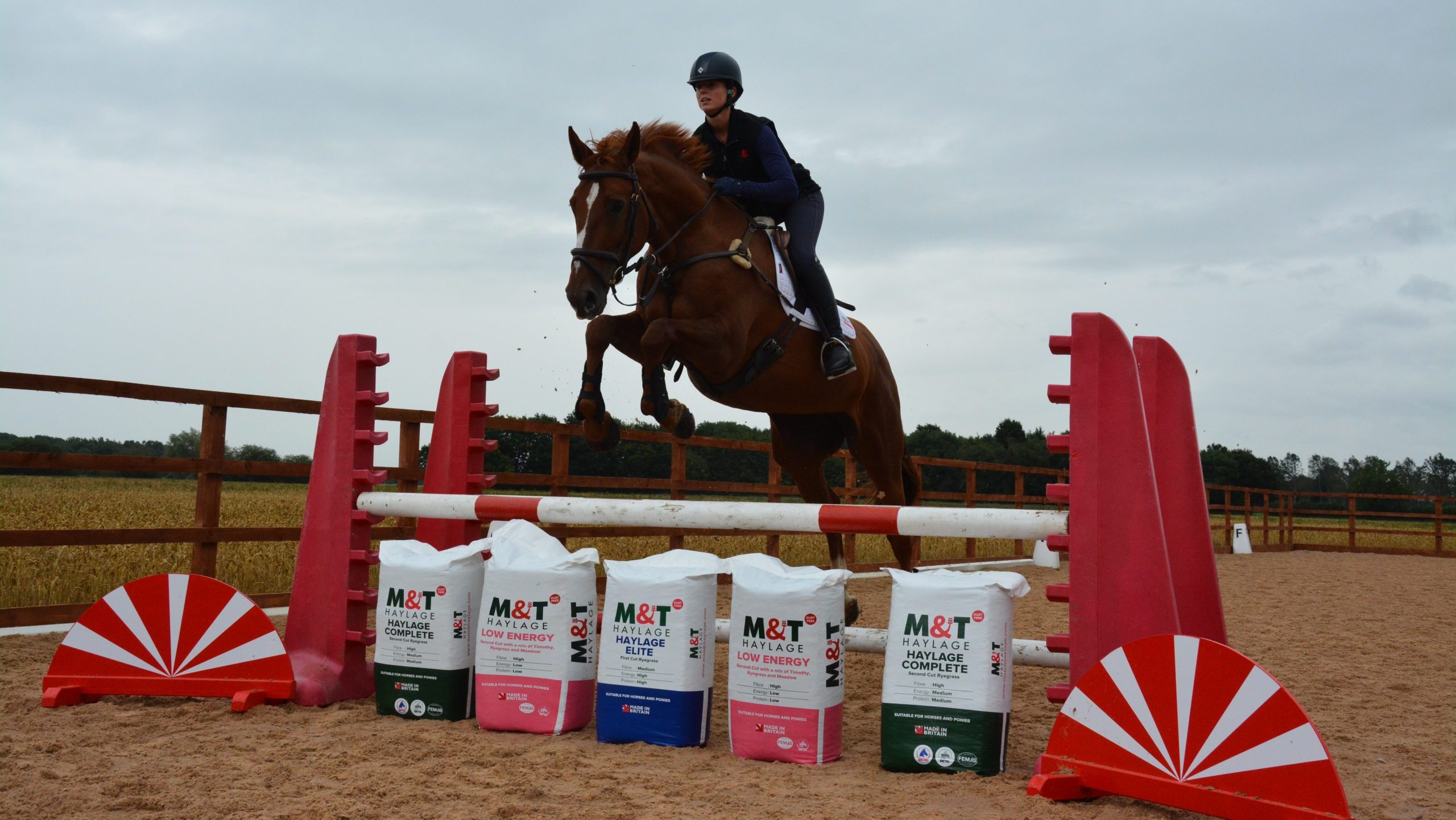
December 7, 2020
Premium Horse Forage: Ask The Nutritionist
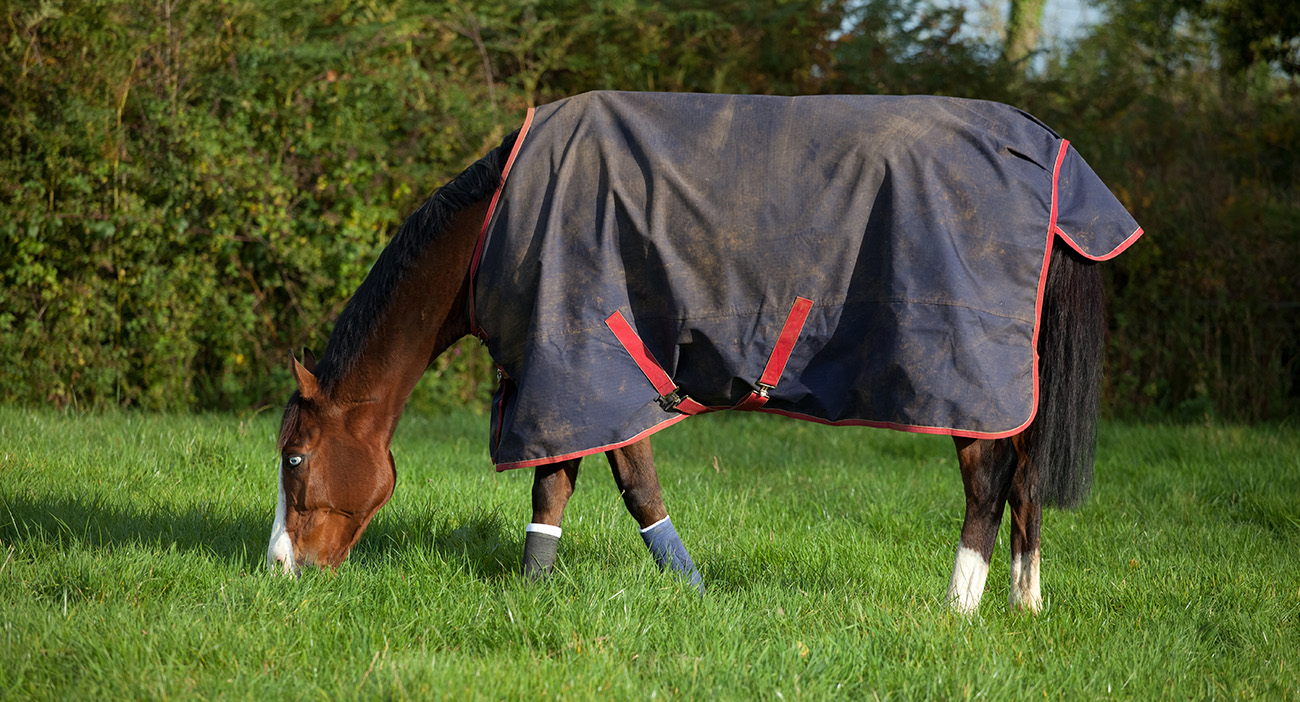
July 9, 2020
Top Tips For Managing Forage For Horses On The Go: Part One
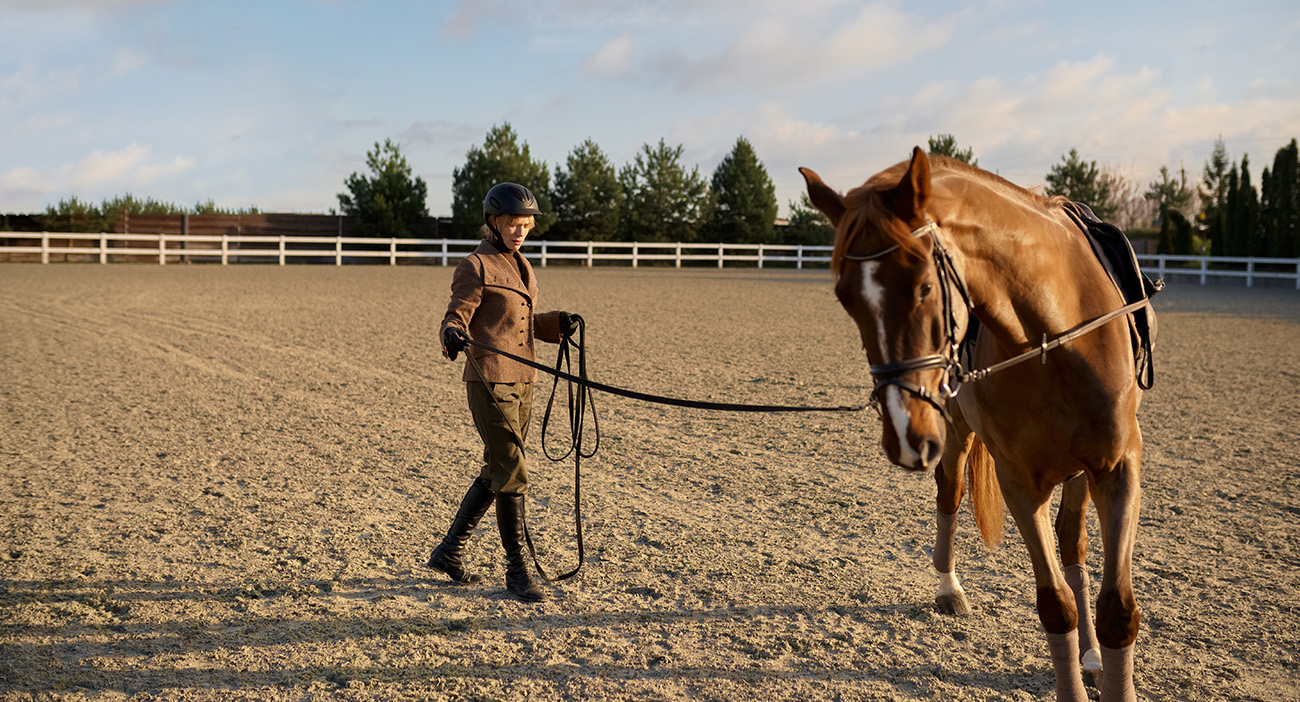
January 16, 2020
Haylage Myth Buster: Nutritionist Top Tips for Horses





